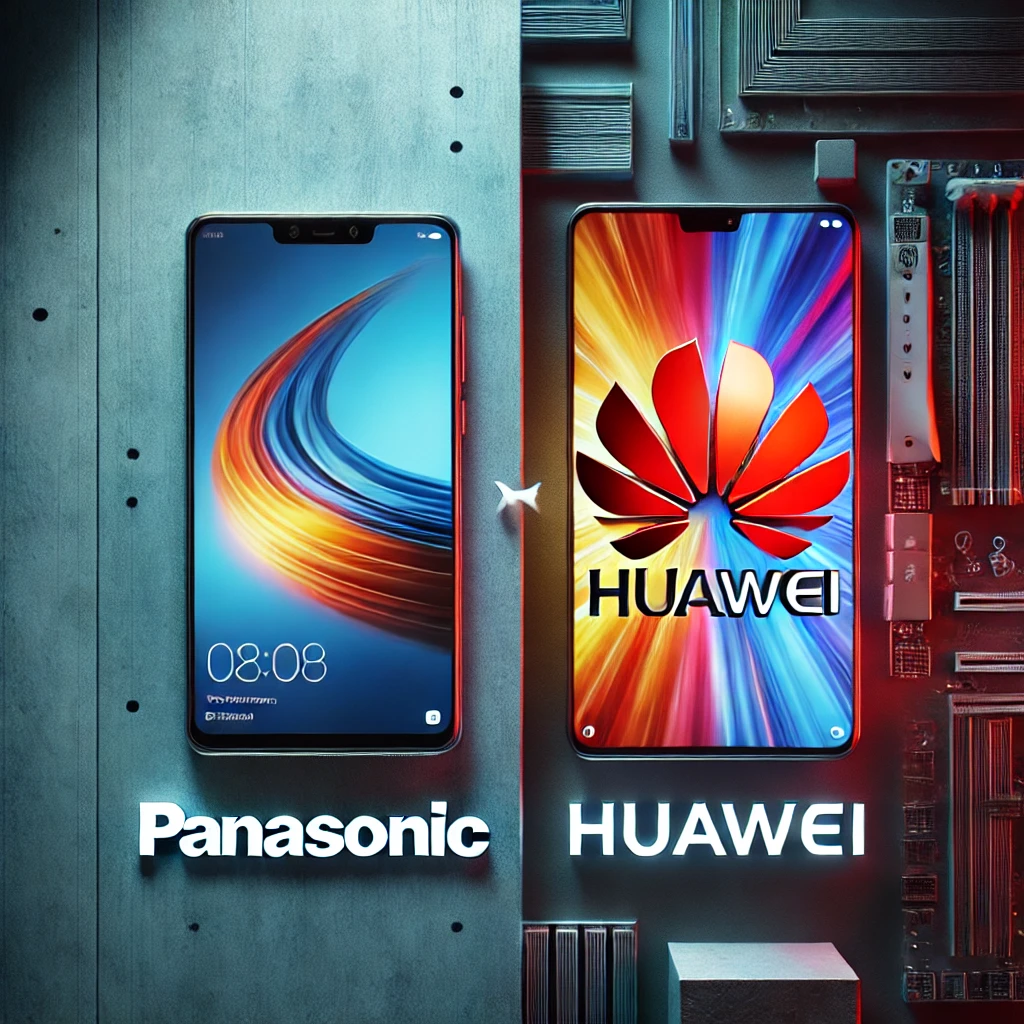Japanese smartphones from brands like Sharp, Kyocera, Panasonic, and Vaio tend to be more expensive domestically and even pricier when exported. Several factors contribute to these high costs, making them stand out compared to more affordable Chinese counterparts.
1. Technological Focus and Premium Positioning:
Japanese smartphone manufacturers are known for integrating advanced and niche features in their devices. For instance, Sharp’s Aquos series is renowned for its unique IGZO display technology, and some models even feature Leica camera systems. These high-end specifications cater to a domestic market that values cutting-edge technology, durability, and unique designs, justifying a higher price point. Such emphasis on premium components results in products that are often more expensive than mainstream offerings from other countries.
2. Limited Global Reach and Production Scale:
Unlike Chinese manufacturers that focus on mass production and global distribution, Japanese brands tend to prioritize domestic markets. Most models are specifically designed for Japan and are rarely sold outside the country. This limited production and distribution scale increases unit costs due to smaller manufacturing runs and a lack of global economies of scale. As a result, when these phones are exported, the added costs of import, shipping, and localized support further drive up prices.
3. Regulations and Localization Barriers:
Japan’s strict quality control standards and regulations also contribute to higher production costs. Moreover, many features in Japanese phones are tailored to the specific needs of their local market, such as FeliCa NFC systems for contactless payments, which are not standard outside Japan. Adjusting or omitting these features for international markets adds complexity and cost.
4. China’s Competitive Edge:
On the other hand, Chinese manufacturers benefit from large-scale production, lower labor costs, and a highly competitive manufacturing environment. Companies like Xiaomi, Huawei, and Oppo leverage these factors to offer affordable devices with features comparable to premium models. China’s aggressive pricing strategies also extend to export markets, giving them an edge globally. The extensive global distribution networks of Chinese brands allow them to spread costs across millions of units, keeping prices low both domestically and abroad.
In summary, while Japanese smartphones remain technologically advanced and cater to a premium segment, their limited market focus, high production costs, and niche features result in higher prices both domestically and internationally. In contrast, China’s focus on affordability, scale, and aggressive global marketing allows it to offer more competitively priced devices, making them more attractive in international markets.



